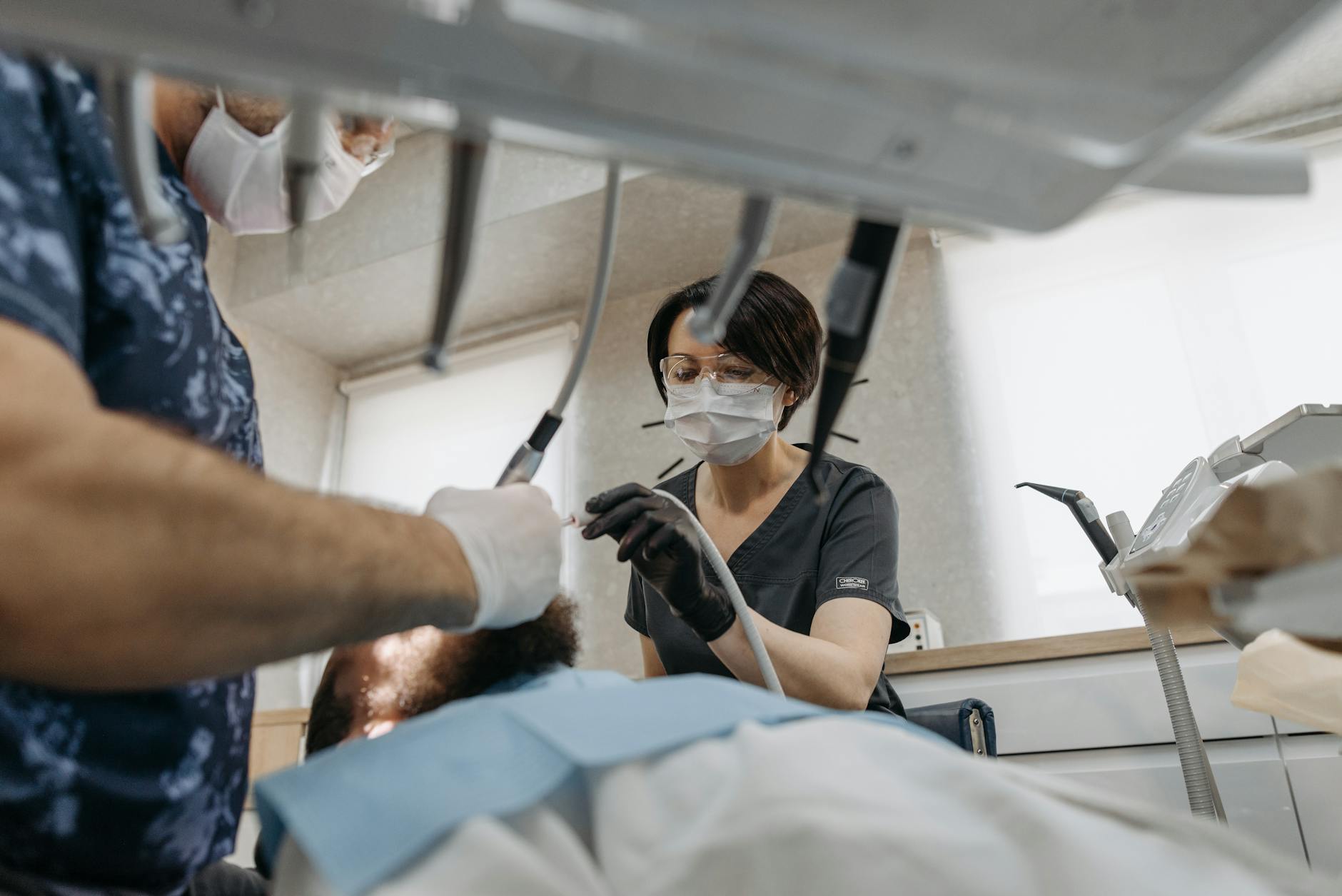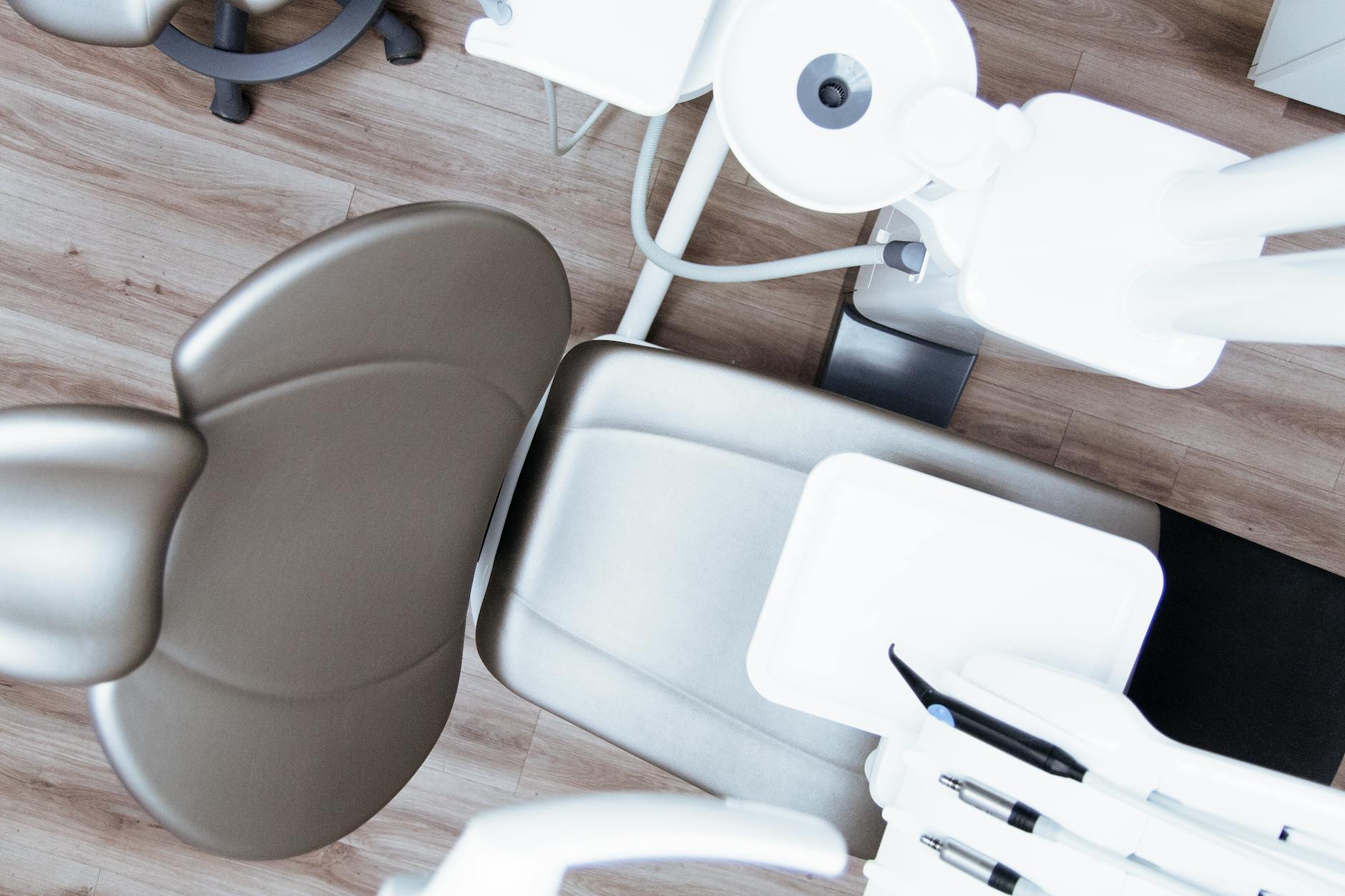
Managing pain and bleeding after a tooth extraction is crucial for a smooth recovery. As an Oral and Maxillofacial Surgeon, I have seen firsthand how the right strategies can make a significant difference. Here are some effective methods to alleviate these post-extraction issues.
Immediate Aftercare
Immediately after the extraction, it’s essential to follow some basic steps to control bleeding and minimize pain. I always place a gauze pad over the extraction site and ask my patients to bite down on it. This helps to form a blood clot, which is crucial for healing. Keeping the gauze in place for at least 30 to 45 minutes is effective. If bleeding persists, replacing the gauze and biting down again can help. Avoiding vigorous rinsing or touching the area with your tongue or fingers is also important.
Pain Management
Pain after a tooth extraction can vary in intensity, but it’s generally manageable with over-the-counter pain medications. Nonsteroidal anti-inflammatory drugs (NSAIDs) like ibuprofen are often my go-to recommendation. They not only help with pain but also reduce inflammation. If the pain is more severe, I may prescribe a stronger painkiller. However, following the prescribed dosage is key to preventing any potential side effects.
Ice Packs
Using ice packs on the outside of your cheek near the extraction site can be incredibly soothing. I advise applying an ice pack for 15-20 minutes at a time during the first 24 hours post-extraction. This helps to reduce swelling and numbs the area, providing much-needed relief.

Maintaining Oral Hygiene
Keeping your mouth clean after an extraction is vital to prevent infection. However, you have to be gentle around the extraction site. I recommend starting to rinse your mouth with a saline solution (salt water) 24 hours after the extraction. This simple solution helps keep the area clean and aids in healing. Brushing and flossing the rest of your teeth should continue as normal, but be extra careful to avoid the extraction site.
Dietary Adjustments
Adjusting your diet post-extraction can significantly impact your recovery. I always suggest sticking to soft foods and liquids for the first few days. Foods like yogurt, mashed potatoes, and smoothies are excellent choices. Avoiding hot, spicy, and crunchy foods, which could irritate the extraction site or dislodge the blood clot, is crucial.
Hydration
Staying hydrated is essential, but drinking through a straw can create suction that might dislodge the blood clot, leading to a painful condition known as dry socket. I recommend drinking plenty of water directly from a glass.
Rest and Recovery
Rest is a critical part of the healing process. I advise my patients to rest with their head elevated on pillows, which helps reduce bleeding and swelling. Avoiding strenuous activities for a few days also contributes to a smoother recovery.

Recognizing Complications
It’s important to be aware of potential complications. If you experience severe pain that radiates to your ear, an unpleasant taste in your mouth, or continued bleeding, it’s essential to contact your dentist immediately. According to WebMD, monitoring for these symptoms is crucial as they could indicate an infection or dry socket.
Following Professional Advice
Ultimately, following the advice of your dentist or oral surgeon is paramount. Personalized recommendations based on the specifics of your extraction and overall health are vital. For instance, providing a detailed aftercare sheet can become your recovery guide.
Overcoming Dry Socket
Dry socket is one of the most common complications following tooth extraction. It occurs when the blood clot at the extraction site dislodges or dissolves before the wound has healed. This exposes the underlying bone and nerves, causing severe pain. Avoiding smoking, not using straws, and following aftercare instructions diligently are key. According to Mayo Clinic, using antiseptic mouthwashes and gels prescribed by the dentist can also help reduce the risk of infection and promote healing.
Embracing a Positive Attitude
Maintaining a positive attitude throughout the recovery process can make a significant difference. Pain and discomfort are temporary, and focusing on the end result – a healthier mouth – can help stay patient and diligent with the aftercare routine.
Practical Tips for Enhanced Recovery
Incorporating practical tips into your recovery plan can speed up the healing process and make the experience more comfortable.
Warm Salt Water Rinses
After the first 24 hours, start using warm salt water rinses multiple times a day. This not only helps in keeping the extraction site clean but also provides relief from discomfort. The salt acts as a natural disinfectant, promoting faster healing.
Avoiding Irritants
Steering clear of irritants such as alcohol, caffeine, and tobacco products is essential for recovery. These substances can interfere with the healing process and exacerbate pain and swelling.
Keeping Track of Medication
Staying on top of your medication schedule ensures that pain is kept at bay. Setting alarms or reminders can help avoid missing doses, which could lead to unnecessary discomfort.
Monitoring Diet and Nutrition
Eating nutritious foods and staying hydrated supports your body’s healing process. Including foods rich in vitamins and minerals, such as smoothies with fruits and vegetables, provides the necessary nutrients for recovery.
Follow-up Appointments
Attending follow-up appointments with your dentist is crucial. These visits allow the dentist to monitor the healing progress and address any concerns promptly. During one of these visits, additional tips tailored to your specific needs can be provided.
Staying Calm and Patient
Healing takes time, and being patient with the process is important. There may be days when the discomfort seems to persist, but staying calm and trusting the process helps. Practicing mindfulness and relaxation techniques also contributes to overall well-being during recovery.
Final Thoughts
Recovering from a tooth extraction can be a smooth and manageable process with the right care and attention. By following these steps and listening to professional advice, navigating the post-extraction period with minimal issues is possible. Remember, each person’s recovery journey is unique, and finding what works best for you is key. If any concerns arise or unusual symptoms occur, don’t hesitate to reach out to your dentist.
